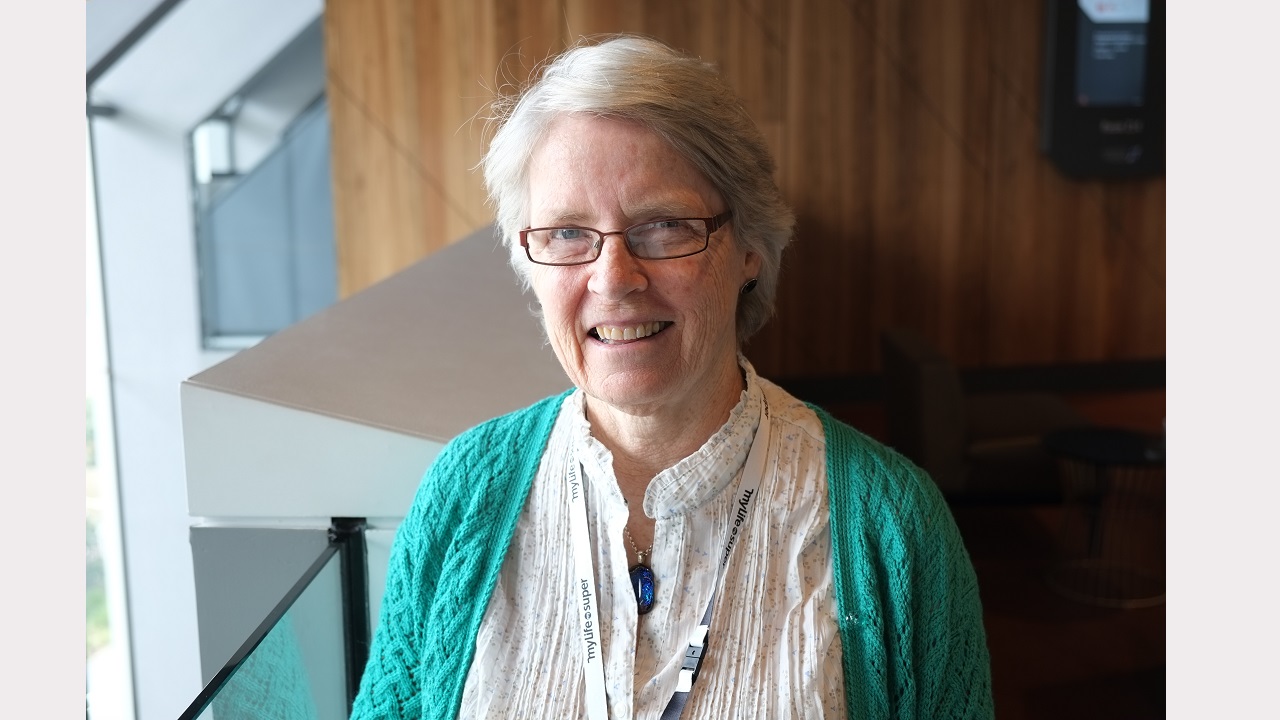New thinking required on physiotherapy referrals for palliative patients
New thinking required on physiotherapy referrals for palliative patients
by Heather Wiseman
Wednesday, September 02, 2015
Too few palliative care patients are being referred for physiotherapy despite its potential to improve their quality of life, according to a physiotherapist speaking today at the 13th Australian Palliative Care Conference in Melbourne.
Pauline Cerdor, a retired physiotherapist with extensive palliative care experience, said the majority of patients she treated in the palliative care unit at Tattersalls Peninsula Palliative Care Unit in Frankston, Victoria, had had no input from a physiotherapist prior to admission.
“Physiotherapy is essential in assisting palliative patients to remain fit for the future. Referral to physiotherapy is routine in other settings so why not in palliative care?” said Mrs Cerdor.
“It is essential that doctors, health workers and even patients and their carers recognise and action requests for physiotherapy.”
Mrs Cerdor gave the example of a 67 year old patient, Bruce, who had aggressive brain cancer. Despite radiotherapy, chemotherapy and two tumour resections, the disease had progressed.
“Early in his journey, Bruce requested rehabilitation, but unfortunately the neurologist replied that it would not be of any benefit,” Mrs Cerdor said.
“It is essential that doctors, health workers and even patients and their carers recognise and action requests for physiotherapy.”
“It was two years later that he was admitted to the palliative care unit and one of his first requests was for physiotherapy and rehabilitation. He was delighted when he was able to have physiotherapy, occupational therapy, social work and counselling input into his daily routines. Bruce had not finished living and still had many goals that he wished to achieve.”
Mrs Cerdor said palliative patients often faced conflict and had to fight to achieve access to a physiotherapist, even in the hospital setting. Appreciating that physiotherapy could help them achieve the highest level of function and personal goals, they were prepared to fight to have ward schedules, showers and meal times changed to access physiotherapy.
She quoted Bruce, who died peacefully 7 months after admission, who said “I had a mindset of making each new day a day worth living, and by that I mean getting a better quality of life out of the day. Rather than lie in bed and feel sorry for myself, I decided that with the doctors’ team help, I could still enjoy a special quality of life each day, but it had to be up to me to put in motion that psychology.”
Mrs Cerdor said frailty was common in palliative care, so weight loss, low levels of activity, poor endurance and slowed performance must be routinely assessed and followed up with a physiotherapy referral in order to decrease the possibility of falls.
She said preliminary results from a study of 100 community based palliative patients through the Peninsula Home Hospice assessed where patients were referred after falls.
“There were three referrals to occupational therapy and no referrals to physiotherapy,” she said.
“Physiotherapy assessment and treatment was not considered for these people who had experienced falls, despite their deteriorating mobility and increasing risk of future falls.
“This was a community setting. The patients were still living at home and therefore there was a possible risk of injury to themselves and their carers, should they experience another fall.”
She said the audit revealed comments from a patient who said that her legs were collapsing from underneath her: “I crawl a lot. Yes the nurses I see and the doctors all know about it, and nothing can be done.”
Mrs Cerdor strongly contends that the patient could have been referred for physiotherapy and rehabilitation.
“I don’t believe that living by crawling around is good quality of life, especially when referral to physiotherapy would have produced an increase in function and definitely an improvement in dignity,” she said.
